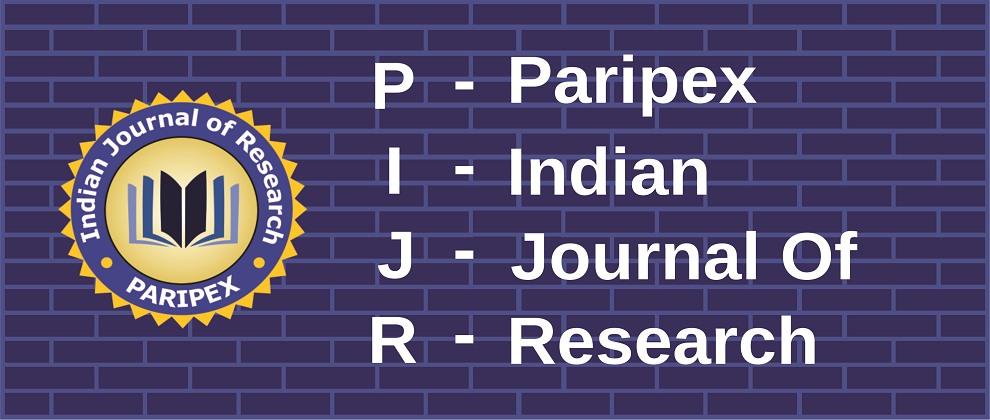Volume : VIII, Issue : X, October - 2019
FETOMATERNAL OUTCOMES IN PREEKLAMPSIA PATIENTS WITH PROTEINURIA AND WITHOUT PROTEINURIA
Putri Aini Daulay, Johny Marpaung, Dudy Aldiansyah
Abstract :
BACKGROUND AND OBJECTIVES : The high maternal mortality rate is still found mainly in Southeast Asia including Indonesia. Maternal deaths that occur are caused by various things. High blood pressure during pregnancy (preeclampsia and eclampsia) is one of the major causes of maternal death in the world besides heavy bleeding (usually postpartum) and infection. The relationship between proteinuria and poor fetal outcomes has been investigated by experts, increasing protein excretion in women with preeclampsia (PE) is generally associated with poor maternal and fetal (fetomaternal) outcomes, proteinuria levels in women with PE are poor predictors of outcomes fetomaternal. But another opinion says that proteinuria is not an absolute criterion that must be found to diagnose PE, where multiorgan dysfunction in PE patients with or without proteinuria does not have a significant difference. From these results the researchers wanted to know the fetomaternal outcomes of PE patients with proteinuria (+ 1, + 2, + 3, + 4) and preeclampsia without proteinuria. METHODS : This research is a descriptive study with a retrospective design, carried out using secondary data analysis of patients diagnosed with PE with or without proteinuria and have been terminated. This research was conducted at the General Hospital. H. Adam Malik Medan. The time of the study is from October 2017 to Feuary 2018. The study population is PE patients treated and terminated from Feuary 2013 to May 2017. PE patients in this study will henceforth be assessed based on protein levels in the urine (proteinuria). The sample size in this study uses the Lemeshow formula which aims to find a large proportion in a population. RESULTS : A total of 62 PE women with proteinuria and 21 PE women without proteinuria. Of all the samples, maternal and fetal outcomes were assessed. Based on Proteinuria, research subjects who were diagnosed with PE with proteinuria were 62 people. The highest number was 36.1% in PE with proteinuria + 3, followed by 18.1% in PE with proteinuria +1, then as much as 15.7% in PE with proteinuria +4, and with the smallest amount of 4.8% in PE with proteinuria +2. Research subjects diagnosed with PE without proteinuria totaled 21 people, as many as 25.3% of the total sample. CONCLUSION : Most research subjects ranged age 21–30 years with gestational age, ≥ 37 weeks, multipara. Subjects were diagnosed with PE with proteinuria more than PE without proteinuria. The most maternal outcome is ICU treatment followed by HELLP syndrome, eclampsia and pulmonary edema then maternal death. The highest fetal death rate for babies with birth weight is LBW, with more normal APGAR scores.
Keywords :
Article:
Download PDF
DOI : https://www.doi.org/10.36106/paripex/9407836
Cite This Article:
FETOMATERNAL OUTCOMES IN PREEKLAMPSIA PATIENTS WITH PROTEINURIA AND WITHOUT PROTEINURIA, Putri Aini Daulay, Johny Marpaung, Dudy Aldiansyah PARIPEX-INDIAN JOURNAL OF RESEARCH : Volume-8 | Issue-10 | October-2019
Number of Downloads : 509
References :
FETOMATERNAL OUTCOMES IN PREEKLAMPSIA PATIENTS WITH PROTEINURIA AND WITHOUT PROTEINURIA, Putri Aini Daulay, Johny Marpaung, Dudy Aldiansyah PARIPEX-INDIAN JOURNAL OF RESEARCH : Volume-8 | Issue-10 | October-2019


 MENU
MENU

 MENU
MENU






